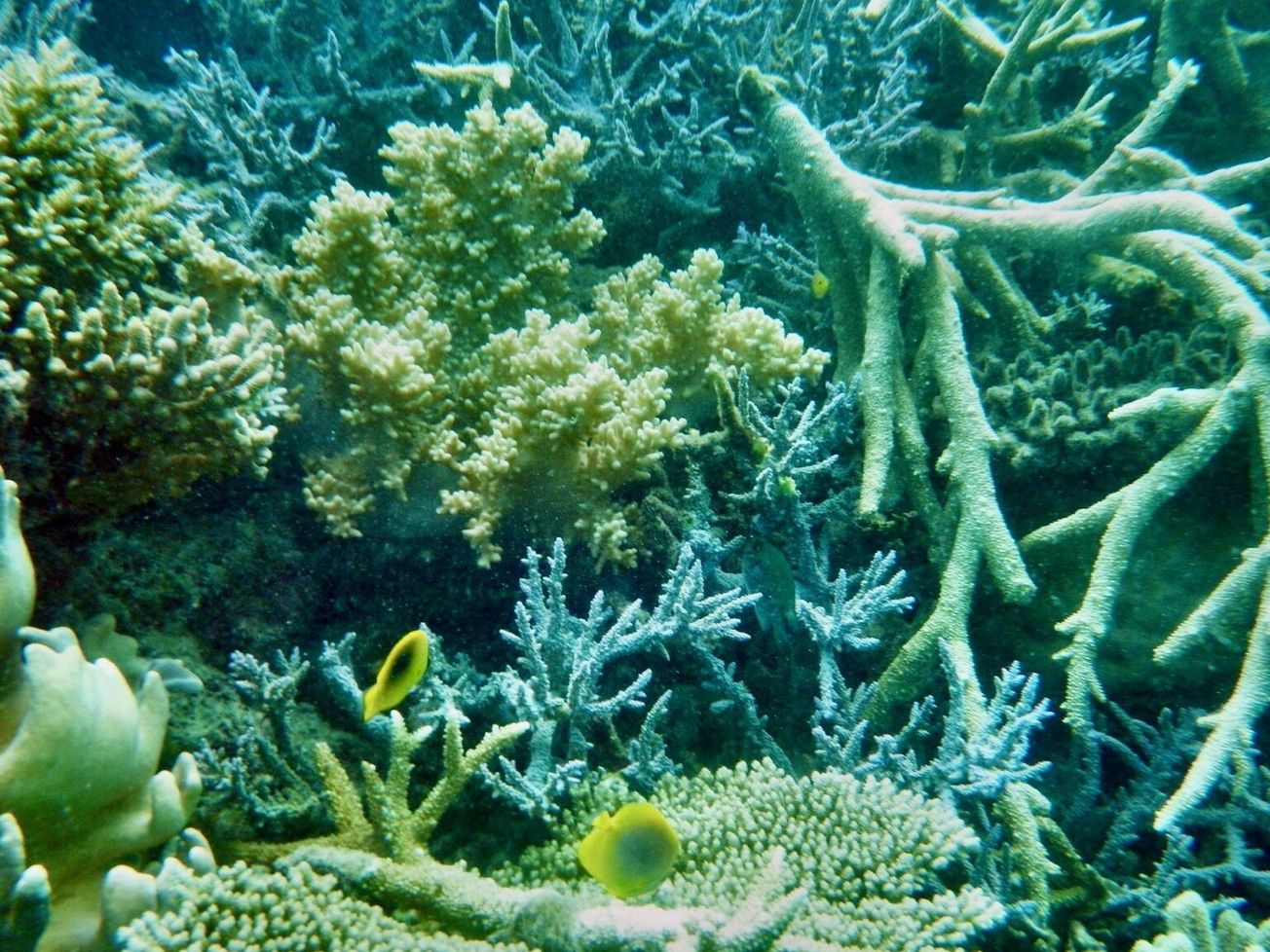Climate change is damaging one-third of the world's most revered heritage sites and has become the single-biggest threat they face, the International Union for Conservation of Nature warned on Wednesday.
Swiss-based IUCN said in a report that climate change "is assessed as a high or a very high threat" to 83 of the 252 World Heritage Sites among 107 nations where they are listed by UNESCO, the United Nations' education and cultural agency. Among the chief concerns, IUCN said, are shrinking glaciers, coral bleaching, more frequent and severe fires and droughts, and other major effects of rising global temperatures.








